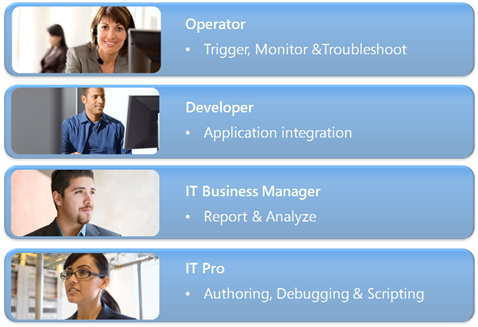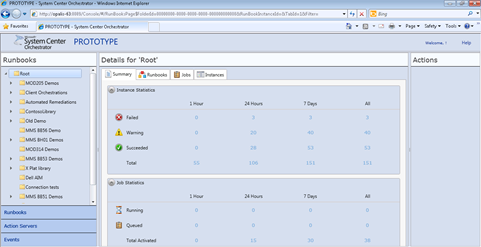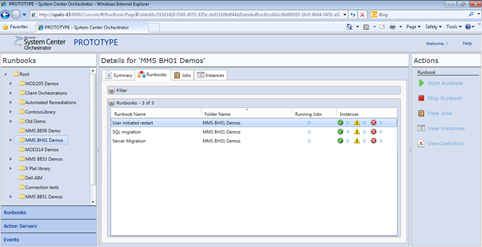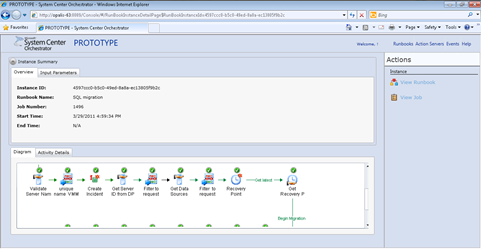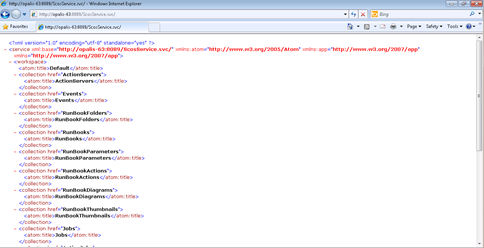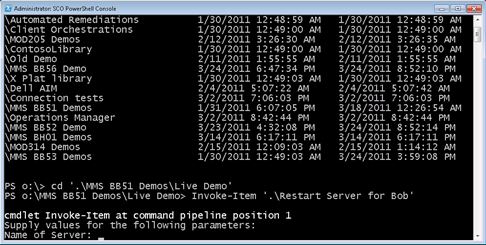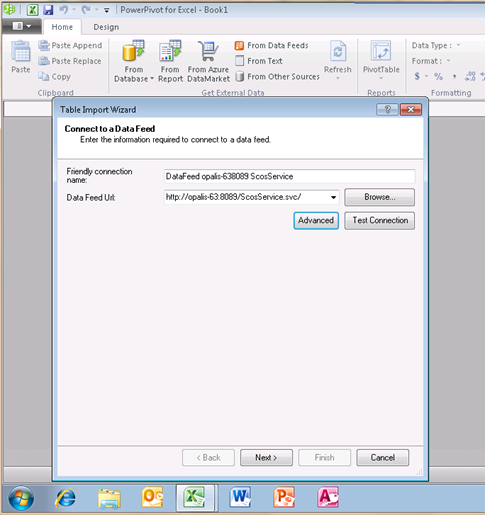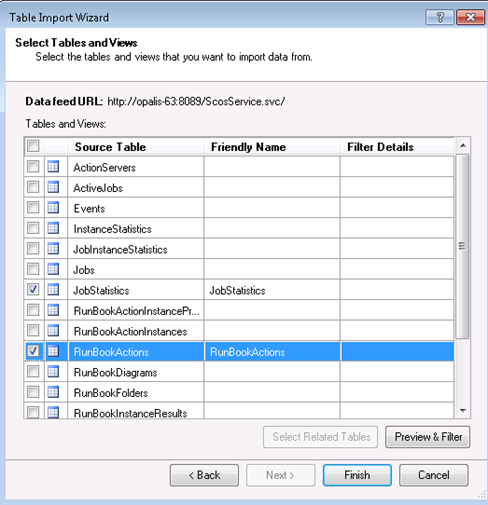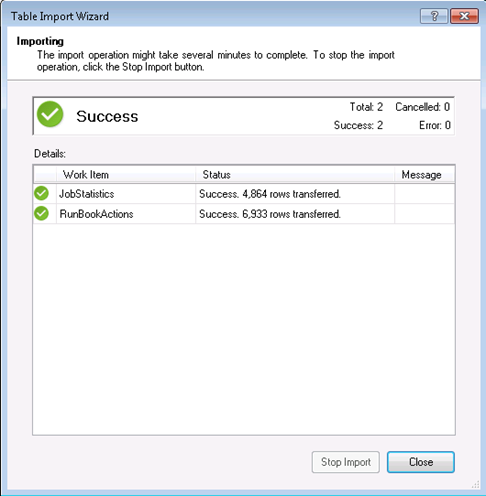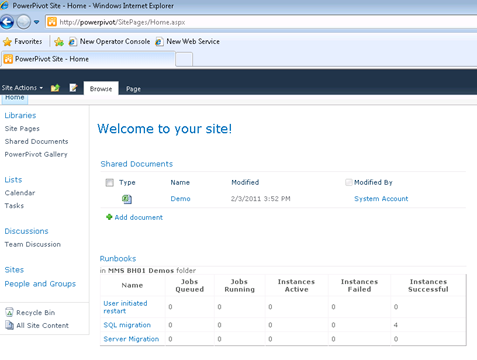A first look at System Center Orchestrator!
At MMS last week, we unveiled the new features that will be delivered with the next version of Opalis, now announced as System Center Orchestrator.
In this post, we will take a look at the key new capabilities of Orchestrator, and how they build on Opalis 6.3 which is in market today.
I want to be very clear. Orchestrator is a ‘build on’ to Opalis 6.3, not a major rewrite. As such, we are working hard to ensure your upgrade path is as smooth as we can make it, and your investments in learning Opalis today will be completely transferrable to Orchestrator tomorrow.
So, without further ado, lets go take a look at Orchestrator! Please note that all information is subject to change, these are early builds and an early set of information.
We have grouped the functionality of Orchestrator into 4 key areas:
- Operations – the triggering, monitoring and troubleshooting of runbooks
- Developers – extensibility and application integration
- IT Business Management – reporting and analysis
- IT Pro – creating, testing, debugging and using Orchestrator in scripting
Lets take a look at each of these in a little more detail.
The Operator Console in Opalis 6.3 was based on Java and used OSS components. In Orchestrator, we move to a dynamic Silverlight console. At MMS, we showed a Prototype of the new Orchestration Console, as shown below.
What you see are all the runbooks that are part of the environment on the left hand side, and then in the main window we show the statistical information about how often and when the runbooks have executed, and what their status is.
If we drill down into the runbook that we used for demo in this session (documented here) you can see that the Action pane on the right hand side contains a number of activities, to Start, Stop and view running instances of the runbook.
When a runbook is executing, you can see the status as it progresses:
As it is clearly labeled, this is a prototype, but it is a fully functioning version, and even in this very early iteration, we are seeing significant benefits.
Now, lets take a look at the Developer world, and how you can connect to Orchestrator using the new web service. This new ODATA web service provides a rich integration capability providing the mechanism for connectivity to Orchestrator.
In addition, we also have a new PowerShell provider. As you can see below, we can mount the Orchestrator runbook library as a drive, and browse and execute the runbooks.
This new PowerShell provider allows for a variety of external integration as well as scenarios such as remote runbook management.
For the IT BUIT, we have also enabled a rich new reporting and analysis capability. You can connect to this using any solution that can accept the ODATA web service feed. For our demo, we used PowerPivot.
Once we have connected to the data feed, we can now see the information from the Orchestrator platform.
And we return all the data.
And of course, we now have a live data feed that we can publish and refresh as we wish. In the example below, we have published the data to a SharePoint site.
And last but by no means least, we have the IT Pro experience. And the great news here, is that this is changing very little ![]()
The existing Opalis 6.3 authoring experience will remain very much the way that it is today. In fact, with all the new Orchestrator demo’s we did, they all were back-ended onto an existing Opalis 6.3 instance. So if you are wondering if you should get started with Opalis today, or wait, there is your answer … get going today!
I hope you find this information helpful in understanding our investment areas for System Center Orchestrator. As stated above, this is early in the cycle, but we were comfortable showing this at MMS, and I wanted all of you to be able to see where we are going with this critical piece of the System Center suite.
Adam
Send me an e-mailFollow me on TwitterConnect with me on LinkedIn
